Arboreto de Gyeongsangbuk-do (경상북도수목원)
17.1Km 2025-10-29
Sumogwon-ro, 647, Jukjang-myeon, Buk-gu, Pohang-si, Gyeongsangbuk-do
Jukdosan (죽도산)
17.4Km 2025-03-15
47-1, Ganggudaege-gil, Yeongdeok-gun, Gyeongsangbuk-do
+82-54-733-4148
Jukdosan, a restaurant specializing in snow crab, is located in the middle of Daege (snow crab) Street at Gangguhang Port, Yeongdeok-gun. On the first floor, a large fish tank filled with snow crabs and fresh raw fish is on display, while the second floor gives off a refreshing atmosphere due to an artificial waterfall pouring down from the glass window. Main menus at this restaurant consist of braised snow crab and fresh hoe (sliced raw fish), with an option of fried rice and daege maeuntang (spicy snow crab stew). Accommodation facilities are also available on the third floor.
Parque Marítimo Samsa (삼사해상공원)
17.5Km 2021-03-25
Haesanggongwon-gil 120-7, Ganggu-myeon, Yeongdeok-gun, Gyeongsangbuk-do.
+82-54-730-6790
El Parque Marítimo Samsa se localiza al sur del puerte Gangguhang, con vistas al extenso Mar del Este. Gracias a su pintoresca belleza y variedad de instalaciones, el parque es un lugar agradable para un picnic de fin de semana. Las principales instalaciones son el Theme Land, Happy Land, una sala de espectáculos, restaurantes y tiendas. Incluso pueden encontrar una cascada artificial y una roca de 20 toneladas con motivos florales carvados que añaden un elemento de belleza única.
En el parque se puede ver una gran campana llamada Gyeongbuk Daejong, que fue construida para celebrar el 100º aniversario del establecimiento de la provincia. Otra visita obligada para los visitantes de Gyeongsangbuk-do es la pagoda Manghyangtap, que fue creada por aquellos originarios de Corea del Norte. Cada día de Año Nuevo, tiene lugar una celebración con el toque de la campana durante el festival del amanecer para aquellas familias esperando la reunificación.
Festival del Cangrejo de las Nieves de Yeongdeok (영덕대게축제)
17.5Km 2025-03-15
Yeongdeokdaege-ro 132, Opo-ri, Ganggu-myeon, Yeongdeok-gun, Gyeongsangbuk-do.
010-2894-5530
Aldea de Conservación del Cangrejo de las Nieves de Yeongdeok (영덕대게보존마을)
17.5Km 2025-03-16
Yeongdeokdaege-ro 55, Ganggu-myeon, Yeongdeok-gun, Gyeongsangbuk-do
Localizada en la costa del Mar del Este, provincia de Gyeongsangbuk-do, la Aldea de Conservación del Cangrejo de las Nieves de Yeongdeok es famosa por haber sido lugar de residencia de eruditos clásicos en el pasado, por sus vistas magníficas del mar y las montañas. En la actualidad, este pueblo se dedica a la conservación del hábitat de los cangrejos de las nieves (daege , en coreano) de Yeongdeok, razón por la que ya era bien conocido desde la dinastía Goryeo. También tiene una avenida enorme con restaurantes que sirven este platillo. Durante la temporada de cangrejos, desde noviembre hasta mayo, la aldea está abarrotada por visitantes desde todo el mundo que desean probar los famosos cangrejos.
Puerto de Ganggu (강구항)
17.8Km 2021-07-30
Ganggu-ri 253-51, Ganggu-myeon, Yeongdeok-gun, Gyeongsangbuk-do.
El Puerto de Ganggu es el más grande en Yeongdeok, provincia de Gyeongsangnam-do. El arroyo Osipcheon, famoso por ser lugar de pesca de pez dulce, va desde el monte Juwangsan en Cheongsong hasta llegar al mar por el Puerto de Ganggu. Es el principal mercado de cangrejos de las nieves (daege, en coreano) y al haber muchos puestos de venta de estos cangrejos, la zona se ha llevado el nombre de "Calle Daege". Recientemente, una gran escultura de un barco pesquero se colocó cerca del puerto, convirtiéndose en un punto turístico.
El Puerto de Ganggu ha sido lugar de grabación de varias telenovelas y películas y también famoso por su carretera serpenteada por la costa pasando por distintas comunidades pesqueras (Carretera N° 918, entre el Puerto de Ganggu y el Puerto de Chuksan).
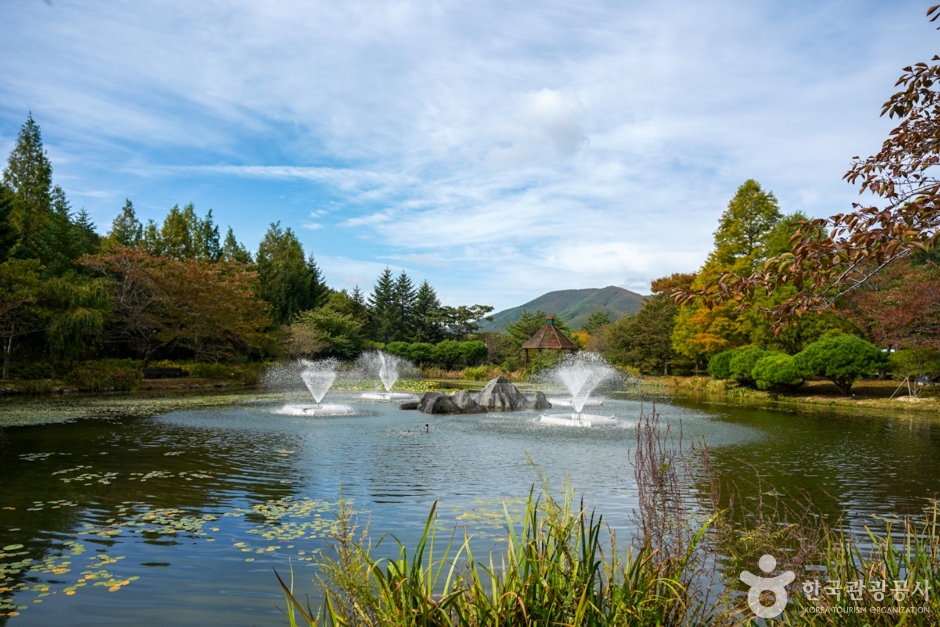
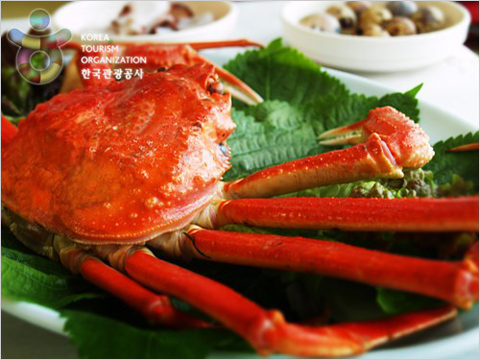
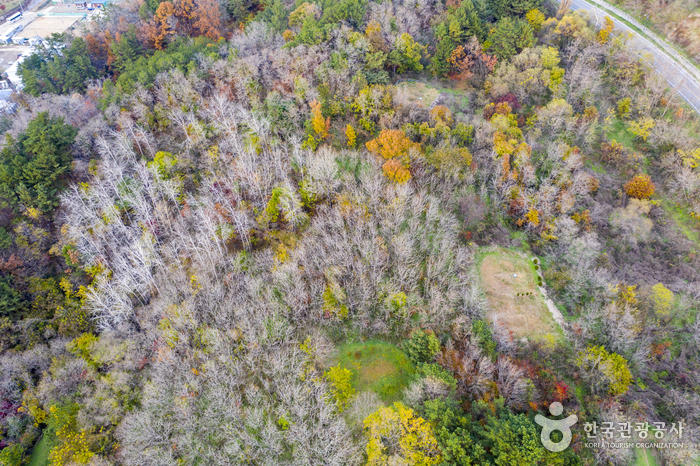
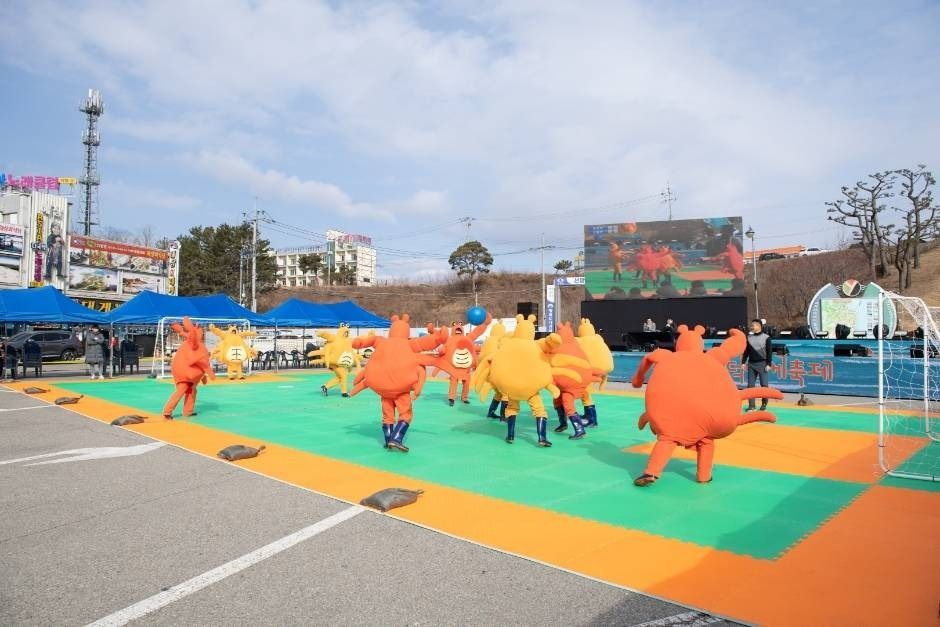
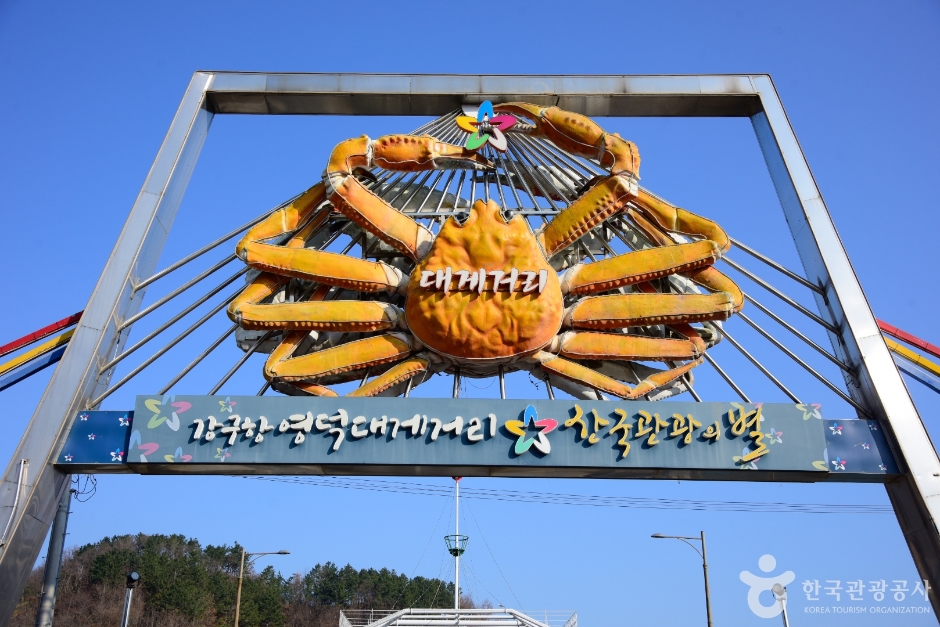
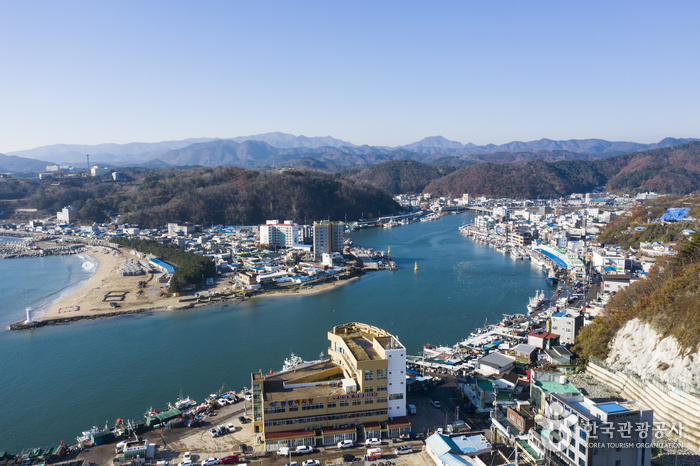
 Español
Español
 한국어
한국어 English
English 日本語
日本語 中文(简体)
中文(简体) Deutsch
Deutsch Français
Français Русский
Русский